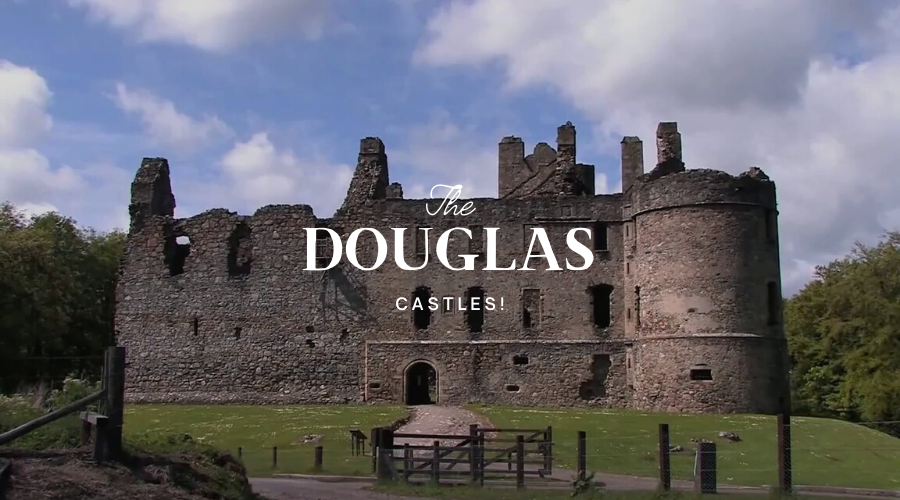The Clan Douglas was one of the most powerful families of Scotland. They became prominent due to their wars and battles with England in the 14th century. In our series of “All about Clans” we discussed Clan Douglas Castles in detail which you can read here.
Today, I am sharing some of the famous castles of Clan Douglas. At the peak of their power, Douglas used to control lots of castles all over the kingdom. I am going to talk about the six castles that are under the care of Historic Environment Scotland. If you want to read about the history of Clan Douglas then read it here.
Table of Contents
Castles of Clan Douglas
So below I have discussed about the Clan Douglas Castles for you. You can read about them in great detail below.
Melrose Abbey
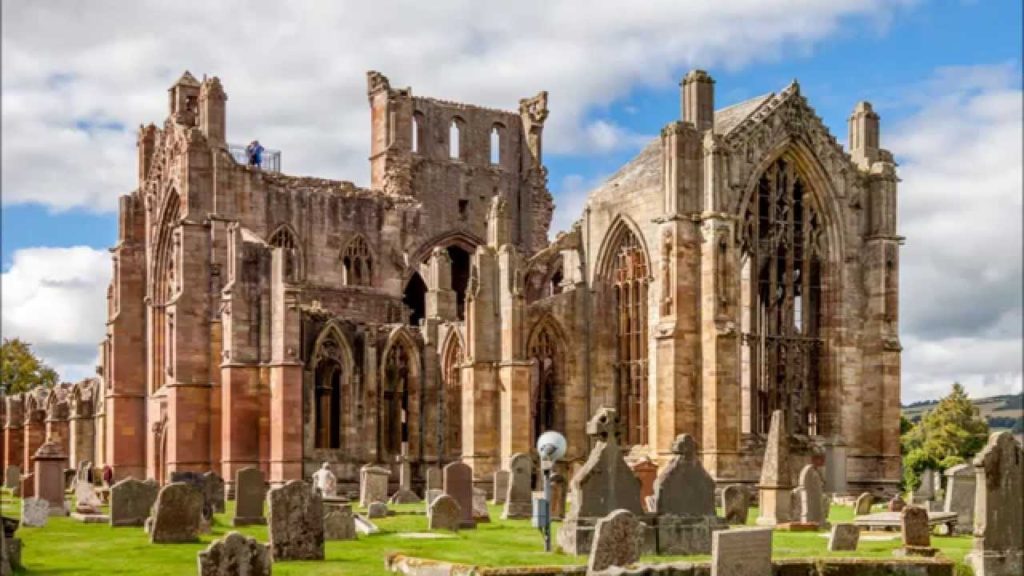
The main power of Douglas is due to Sir James Douglas who was a vigorous and great war leader. He was a counselor of Robert the Bruce. When Bruce died, in 1329, Sir James Douglas was asked to the King’s heart on crusade to Spain.
When Sir Douglas was taking the heart to Spain, he was ambushed by England forces and killed. The heart of the King was brought back and then was buried at Melrose Abbey. This is why there is a long association between Douglases and Melrose Abbey. Douglases now present themselves as the “special protectors” of the abbey. They have also adopted the ‘bludy hart’ of Bruce on their coat of arms.
Bothwell Castle
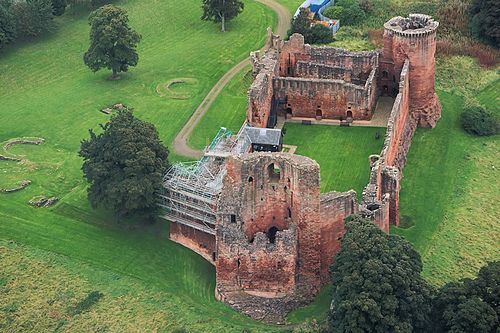
Sir James Douglas was definitely the powerful and fearless leader of the Douglass Clan; and his son, Archibald, cemented that power. Archibald was an illegitimate child and was a minor figure in Douglas’s family. In the 1360s, King David II began to promote the interest of Archibald and it was done to destabilize the influence of William who was Archibald’s cousin and also the first earl of Douglas.
In 1362, King David II arranged for Archibald’s marriage with Joanna Muarray. At that time, Muarray was among the wealthiest heiress who owned a number of castles around Scotland and Bothwell was one of them. Bothwell Castle was Archibald’s favorite. It was the primary residence for Archibald for the rest of his life. It remained as one of the most important residences for themselves.
In 1399, Archibald’s daughter Mary married King Robert III’s son David, Duke of Rothesay. The marriage took place at Bothwell. The marriage helped Archibald to occupy an influential position in the Kingdom. It also provoked his rival the Earl of March to leave Scotland. Archibald died at Bothwell around Christmas 1400.
Archibald’s son – Archibald, 4th earl of Douglas turned Bothwell into a palatial dwelling to service his ambitions. He was the most influential figure within Scotland and abroad.
You may also like to read about Clan Wallace here.
Lincluden Collegiate Church
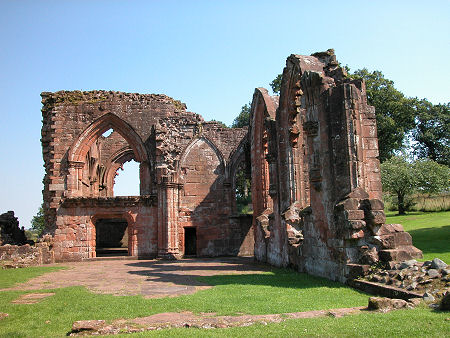
Archibald the Grim did a lot of things that set a kind of trend for others to come. In 1389, he submitted a petition with the pop, and in which he requested the Pope to allow him to turn the nunnery at Lincluden into a collegiate church. In his petition, he claimed that the nuns were living in sin with ‘very evil men’. The pope approved the petition and then Archibald removed the nuns by force.
The Collegiate Churches became very popular among Scottish nobility. There were many early adopters of these churches who were strong allies of Douglases.
Lochleven Castle
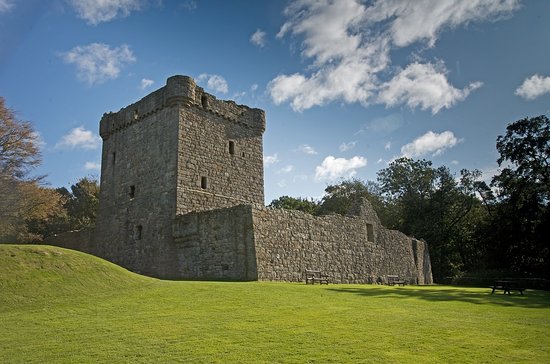
At the beginning of the 15th century, Scottish society and politics were changing. King James I of Scotland had some doubts about great magnates that may help him to maintain influence and followings in the region using his wealth. James encourages the lesser noblemen to look the crown for patronage and leadership and this method helped him to gain great control in local areas.
In 1430, James had his nephew Archibald, 5th earl of Douglas, imprisoned at the Lochleven Castle. It was done to prevent him from interfering with the local politics of Carrick that is located in south-west Scotland.
Checkout: What Scots used to wear before Kilts?
Balvenie Castle
The fifteenth-century weakened the Douglas family. Archibald the Grim had two legitimate sons, Archibald (succeeded as the fourth earl) and James ‘the Gross’ (because he was very overweight)
In 1408, The fourth earl granted Balvenie Castle to his brother – James the Gross. The Balvenie Castle came to the family through Archibald the Grim’s marriage to Joanna Murray. He thought giving this castle would keep James out of his business in the south. However, James continues conducting a successful career as a royal courtier. If you want to know about Clan Gordon then read it about here.
In 1440, Jame’s great-nephews William, sixth earl of Douglas, and David Douglas were arrested at Edinburgh castle and they were charged with treason and later executed on the basis of this charge. The whole event is known as the ‘Black Dinner. As per the history books, The Black Dinner was orchestrated with James’s knowledge and assistance. Due to this Black Dinner event, James became the seventh earl of Douglas.
James’s sons used the Balvenie Castle as a base to expand the power and influence of Douglas in north-east Scotland. In order to facilitate this, his son William, the 8th earl of Douglas, made a deal with the earl of Ross and earl of Crawford who was other powerful magnates in that region. However, this association sour relations between the Douglas and the Crown.
Threave Castle
Threave Castle was built by Archibald the Grim after 1369. It was made just to make the position of the Archibald the Grim stronger as Lord of Galloway.
It was designed as a tower-house which was a bit unusual for Scotland at the time. However, later on, lots of other families started adopting this tower-house design for their castles. The Galloway was very important in order to maintain the power of Douglases. In the 15th century, it played an important role in order to limit the family’s influence.
Threave Castle saw the power of Douglas family for longer period of time as compared to other houses.
Conclusion
These were a few of the Douglas castles and I am sure you must have found them helpful and interesting. Don’t forget to share this with others who might be looking for the same. Let’s explore history with Kilt and Jack’s blog.
